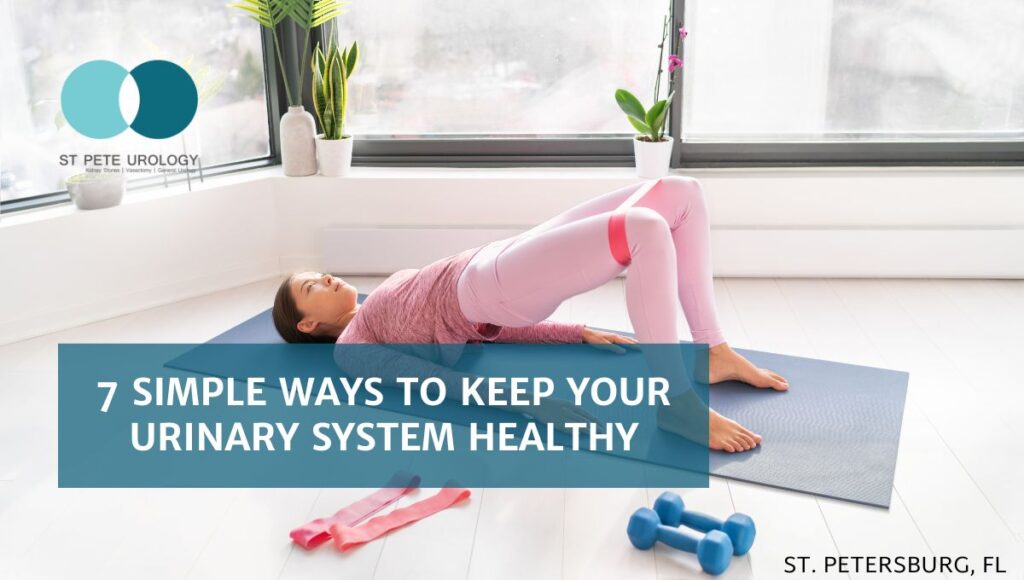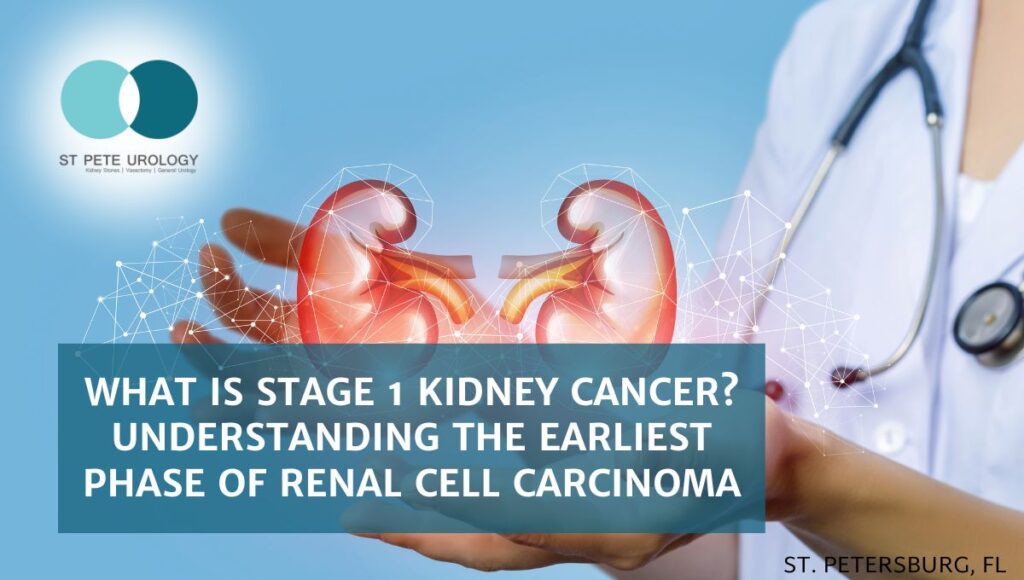Marked by an agonizing, excruciating and intolerable pain, kidney stones account for over 1 million annual emergency room visits in the United States. The pain usually starts in the upper flank, as a sudden twinge on the side, escalates to the loins and migrates to the front of the body. The sharp stabbing pain of kidney stones is worse than childbirth pain and quickly makes it impossible to function. It is important for you to know how to prevent kidney stones and how to deal with the pain if you get the stones.
What are kidney stones?
Kidney stones are small, hard pebble-like lumps formed when there are high levels of various minerals in urine. The minerals and other substances crystallize and form hard masses before they can be flushed away. Classic stones are a blend of calcium and oxalate (an organic acid found in urine), but lumps of uric acid, calcium phosphate and other substances also may form. A stone may sit in the kidney or ureter with little or no pain. But often when the stone leaves the kidney or gets stuck in the ureter, it blocks the flow of urine and causes pain.
Symptoms of kidney stones
When a kidney stone moves around in the kidney or gets lodged in the ureter, it may block the passage of urine. Such a blockage causes:
- Sharp, stabbing pain on the side or in the back.
- Painful urination.
- Pain episodes that come and go.
- Blood in urine.
- Fever, nausea and vomiting in case of an infection.
Kidney stones are perhaps the most painful condition known. In fact, most patients with stones often find themselves in the hospital emergency department. In all cases of pain due to suspected kidney stones, urologists first rule out other possible causes of pain, such as bowel, gynecologic and musculoskeletal problems. The presence of kidney stones is confirmed by X-rays or CT scans. Blood and urine tests also may be used to assess the levels of various stone-forming substances in your system.
Managing Pain Due To Kidney Stones
Once it is confirmed that you have kidney stones, the urologist will give you intravenous painkillers to relieve pain. You then will be sent home with oral drugs (such as acetaminophen, aspirin, diuretics, and antibiotics) to use as you wait for the stone to pass out of your system. Drinking plenty of water, taking hot showers, sitting in a warm water tub and taking drugs that dilate the ureter will bring relief and allow the stone to pass. Eventually the agony will end when the stone passes out.
Smaller stones are more likely to pass on their own. In fact, 80 percent of kidney stones are usually less than 4 mm in diameter and typically pass on their own, though that takes up to 31 days. It is more difficult for larger stones to pass on their own. Stones of 4-6 mm in diameter tend to pass on their own 60 percent of the time while those larger than 6 mm only pass out 20 percent of the time. Therefore in most cases, a non-invasive or minimally-invasive medical procedure is necessary to remove stones larger than 4 mm and those stuck in the ureter.
Surgery for Kidney Stones
Non-obstructive stones rarely cause pain. So surgery is not necessary when kidney stones are not causing any obstruction. And even if they cause pain, medications are usually sufficient. But surgery is required when there is bothersome flank pain and imaging evidence of one or more obstructive stones.
Common surgical treatments include:
- Shockwave lithotripsy: A simple outpatient procedure in which sound waves are directed on kidney stones, breaking them into smaller pieces capable of passing on their own in urine.
- Ureteroscopy: An outpatient procedure for small-to-medium stones in which a small tube (ureteroscope) is inserted into the urinary tract and used to pull out stones or to direct laser to the stones to break them into smaller pieces.
- Percutaneous nephrolithotripsy: A procedure in which the urologist makes a small incision in the back and directly into the kidney, using the incision to access and remove stones. It is the most effective method for very large kidney stones.
Preventing Kidney Stones
Lifestyle changes can help you to avoid having kidney stones. For instance, drinking at least two-and-a-half liters of water every day will help you to achieve a daily urine production of two liters, which prevents stones. Fluids such as coffee and citrus juices also are very effective in preventing kidney stones. Citrus (especially from lemon and grapefruit) makes urine more alkaline and reduces the risk of almost all kinds of stones. But you must avoid sugary juices, as the sweetener in them may increase your risk of having stones and undo the good effects of the juice.
If you have had a bout of kidney stones before, you have a greater risk of getting stones. So depending on the chemical constituents of your first kidney stones, you may have to limit intake of certain foods, such as sugar, salt, proteins and dairy products. For calcium oxalate stones, you will have to cut down the amount of meat, eggs, shellfish, peanuts, spinach, chocolate, sweet potatoes, rhubarb and beetroot from your diet. For uric acid stones, taking allopurinol (a gout medication) will help prevent future episodes. Potassium citrate pills and thiazide family of diuretics (indapamide, chlorthalidone and hydrochlorothiazide) are also effective in preventing all calcium-based stones.
Looking for advice or help with kidney stones? At St Pete Urology, we offer timely and accurate advice, diagnosis and treatment of kidney stones. Our multidisciplinary, compassionate, patient-centered approach will ensure you get the best possible care. Don’t suffer the pain of kidney stones for a day more while we can help you get quick relief. For more information, visit the “St Pete Urology” site.





